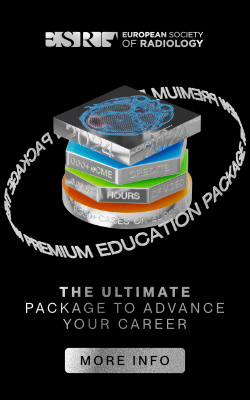Aims and objectives
Diffusion Weighted Imaging (DWI),
is an established diagnostic tool for accurate differential diagnosis between benign and malignant liver lesions.
Τhe purpose of this study was to examine the feasibility of discriminating focal liver lesions based on histogram analysis of Apparent Diffusion Coefficient (ADC) [1].
Methods and materials
Patient population comprised of 94 patients with focal liver lesion who underwent respiratory triggered DW-MRI at a 3T GE scanner (HDXt) and consecutivelycoreneedle biopsy prior to therapeutic management.
DW-MRI (b: 0,
1000) was post processed on in-house platform for 3D lesion delineation and pixel-based ADC calculations.
Correlation with biopsy histological diagnosis consequently made.
An exploratory histogram analysis,
using the derived ADC parametric maps from the ROIs,
was performed yielding several metrics including: minimum,
maximum,
mean,
standard deviation,
median,
skewness,
kurtosis,
variance,
histogram peak,
5%,
30%,...
Results
The 5th (AUROC=71.47%,
p-value<1%) and 30th percentile (AUROC=69.84%,
p-value<1%) of ADC better discriminated primary from metastatic tumours with a threshold of .692 and .864,
respectively.
ROC analysis is given in Fig. 1 and Table 1.
Discrimination between HCC and cholangioCa was mostly achieved using the peak ADC histogram value (AUROC=79.1%,
p-value<1%) with a threshold of .048,
and the skewness (71.96%,
,
p-value<1%,
threshold=.687) as seen in Fig. 2 and Table 2.
Conclusion
Pixel based histogram metrics of 3D ADC parametric maps can be used to discriminate primary from metastatic liver lesions,
and HCC from CholangioCa.
ADC histogram analysis,
for the present number of patients in each subgrroup,
cannot discriminate between degree of differentiation and between primary malignancy site in metastases.
References
Le Bihan D,
Breton E,
Lallemand D,
et al.
MR imaging of intravoxel incoherent motions: applications to diffusion and perfusion in neurologic disorders.
Radiology 1986; 161:401-407.





